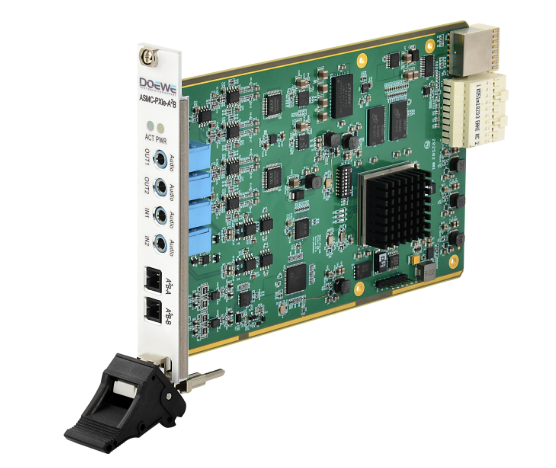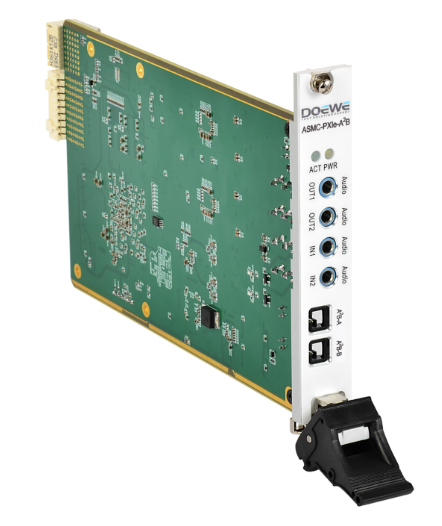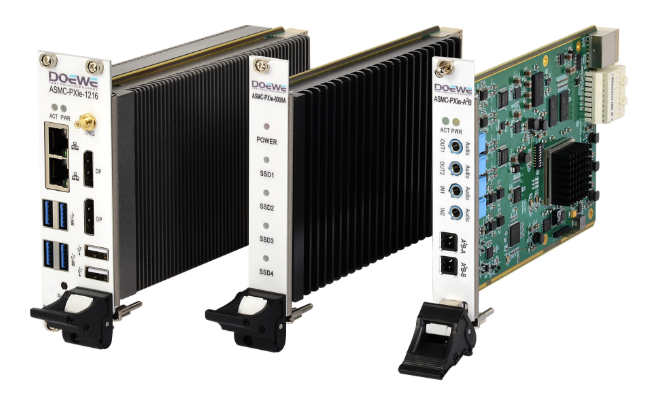As automotive cabins evolve with digitalization and immersive experiences, high-bandwidth, low-latency, and lightweight audio links have become essential. A²B (Automotive Audio Bus) signals can synchronously transmit up to 32 channels of 24-bit/48 kHz audio, control signals, and power over a single unshielded twisted pair (UTP) with a fixed latency of ≈50 µs. This technology has been rapidly adopted by global automakers and is reshaping in-vehicle audio architectures. However, simpler links increase testing complexity—without precise detection, clock jitter, packet loss, or topology errors can directly impact NVH (Noise, Vibration, Harshness) and sound quality. Thus, A²B signal detection and analysis are increasingly critical.
A²B (Automotive Audio Bus), developed by Analog Devices, is a bidirectional digital audio bus that transmits 32 channels of 24-bit/48 kHz audio, I²C/SPI control signals, and power over a single UTP, with a bandwidth of 50 Mb/s and fixed latency ≈50 µs. Its daisy-chain topology allows a master node to connect up to 16 slave nodes, with a single-segment distance of 30 m and a total link length of up to 300 m, reducing wiring weight and cost by ≈75%. In cabin applications, A²B serves as the backbone for multi-channel audio systems, including Active Noise Cancellation (ANC), digital microphone arrays, voice interaction, zoned audio, and intercoms. Deterministic low-jitter latency (<50 µs) ensures phase coherence for beamforming and spatial audio effects, while Power-over-Bus eliminates remote device power supplies. Lightweight wiring further enhances vehicle energy efficiency and wiring flexibility. With its low latency, high integration, and lightweight advantages, A²B is becoming the new benchmark for in-cabin multi-channel audio.
In advanced cabin functions like ANC, voice interaction, and zoned audio, A²B network clock coherence and frame integrity determine spatial soundfield and noise cancellation effectiveness. As slave nodes increase in the chain, jitter and distortion accumulate. audioXpress tests on the 9th slave node show that the THD+N of a high-performance AK4490 DAC degrades from –109 dB to –96 dB, with the noise floor rising by >10 dB—sufficient to weaken ANC cancellation depth and disrupt microphone array phase coherence. While A²B chips feature built-in line diagnostics, any open circuit, short circuit, or polarity reversal triggers register-level parity errors, causing the entire daisy chain to fail instantly and resulting in "silent black screens" for infotainment systems. In NVH and safety-critical contexts, there is almost no tolerance for error.

Figure 1 Side View of Doewe Technologies PXIe A²B Acquisition Card
Yet, when engineers attempt to quantify and locate these risks, they find almost no suitable tools. Analog Devices’ A²B Bus Analyzer and Siemens-Mentor’s A²B Analyzer can capture protocols but target chip development stages, requiring NDAs before purchase. They focus on register emulation and script debugging, lacking support for long-duration audio load acquisition. Total Phase’s A²B Bus Monitor requires cutting the bus into a "T" branch for access, compromising wiring integrity and failing to provide electrical-layer eye diagrams or noise margins. Lab-grade solutions like Audio Precision APx + Mentor enable closed-loop performance testing but are bulky, expensive, and unsuitable for road tests or 100% production-line QC. Online forums overflow with posts about "slave nodes not found" or "inability to quantify TIE jitter," extending debugging cycles by weeks.
Clearly, the market urgently needs a mobile, high-channel, quantitative detection platform that synchronously captures audio payloads and logs bus events in real time—this is why Doewe Technologies launched the A²B Acquisition Card and built a complete DAQ ecosystem. Engineers can now obtain multi-channel waveforms and protocol logs with millisecond timestamps without cutting wires, enabling plug-and-play quality assurance across R&D, road tests, and production lines.
To address the market gap in A²B detection tools, Doewe Technologies integrated Analog Devices’ AD2428 A²B transceiver with its self-developed 32-bit Δ-Σ ADC/DAC into a 3U PXIe module: the ASMC-PXIe-A²B Acquisition Card. This card enables non-intrusive monitoring of the entire A²B bus and waveform injection/playback at any node, covering the full test lifecycle from lab R&D to road tests and production QC.

Figure 2 Side View of Doewe Technologies PXIe Storage Card
Designed for automotive audio’s high dynamic range, the card offers configurable sample rates (48 kHz–768 kHz), >110 dB SNR, and <–110 dB THD+N analog performance, making microvolt-level distortion and jitter visible. A single card supports 40 m bus lengths, 1 master + 10 slaves, and 32 upstream/downstream channels, fully replicating vehicle daisy-chain loads. When paired with Doewe’s PXIe P2P storage card, data streams write directly to SSDs with zero frame loss during long recordings, meeting high-bandwidth road and endurance test requirements.
Additionally, the onboard 3.5 mm TRS input supports single-ended/differential modes and integrates IEPE constant current sources and TEDS recognition, enabling synchronous acquisition of accelerometers, test microphones, and other analog signals. A unified DAQ GUI visualizes waveforms, protocol frames, and spectra, while LabVIEW/Python/C APIs offer plug-and-play integration—production scripts deploy in 15 minutes. With its "high precision + multi-node + direct-link storage + plug-and-play" advantages, the ASMC-PXIe-A²B Acquisition Card allows engineers to capture audio payloads and bus events synchronously in labs and vehicles without invasive wiring, elevating A²B signal testing from "black-box parameter tuning" to quantifiable, traceable standards.
Doewe Technologies has built a complete "Acquisition + Analysis + Storage" DAQ ecosystem around the PXIe platform: Beyond the ASMC-PXIe-A²B Audio Card, it offers general-purpose and automotive-grade modules for voltage, current, thermocouple/RTD temperature, strain bridges, CAN/LIN, and 1000BASE-T1 Ethernet, alongside the ASMC-PXIe-8016 high-speed storage card (16 TB, >6 GB/s sustained write speed) based on P2P direct-link technology. Modules are hot-swappable in a single chassis, while the unified DAQ GUI and LabVIEW/Python/C APIs consolidate analog waveforms, digital bus events, and spectral analysis on one screen, enabling truly synchronized multi-physical acquisition with millisecond timestamp alignment. With self-developed features like slot identification and energy monitoring, the system finely manages power and thermal design for stable long-term operation on benches, in vehicles, and on production lines.
In summary, A²B is becoming the new benchmark for in-cabin audio with its "lightweight wiring, low latency, and high channel count." But to realize these advantages, engineers must first see and measure accurately. Doewe’s ASMC-PXIe-A²B Acquisition Card breaks testing bottlenecks with >110 dB dynamics, 32×32 channels, and zero-loss direct-link storage, while its modular DAQ ecosystem enables scalable validation across power, EMC, and vehicle buses. Choosing Doewe means end-to-end quantifiable, traceable testing—from sensors to storage—transforming in-cabin audio testing from "black-box tuning" into a data-driven, metrics-closed productivity chain. Partner with Doewe Technologies to define the next generation of in-cabin audio testing standards.

Figure 3 Doewe Technologies PXIe Acquisition Card Combination
Doewe Technologies is always committed to achieving innovative, unique, and reliable product solutions in the field of data acquisition. We deeply understand that these elements are the cornerstone for enterprises to establish themselves in market competition. For this reason, we derive innovative inspiration from customers' real application needs, rather than merely showcasing flashy product features. By continuously optimizing and enhancing data acquisition solutions, Doewe Technologies empowers partners to move towards an efficient and precise future. Welcome to choose Doewe Technologies and together open a new chapter in data acquisition.